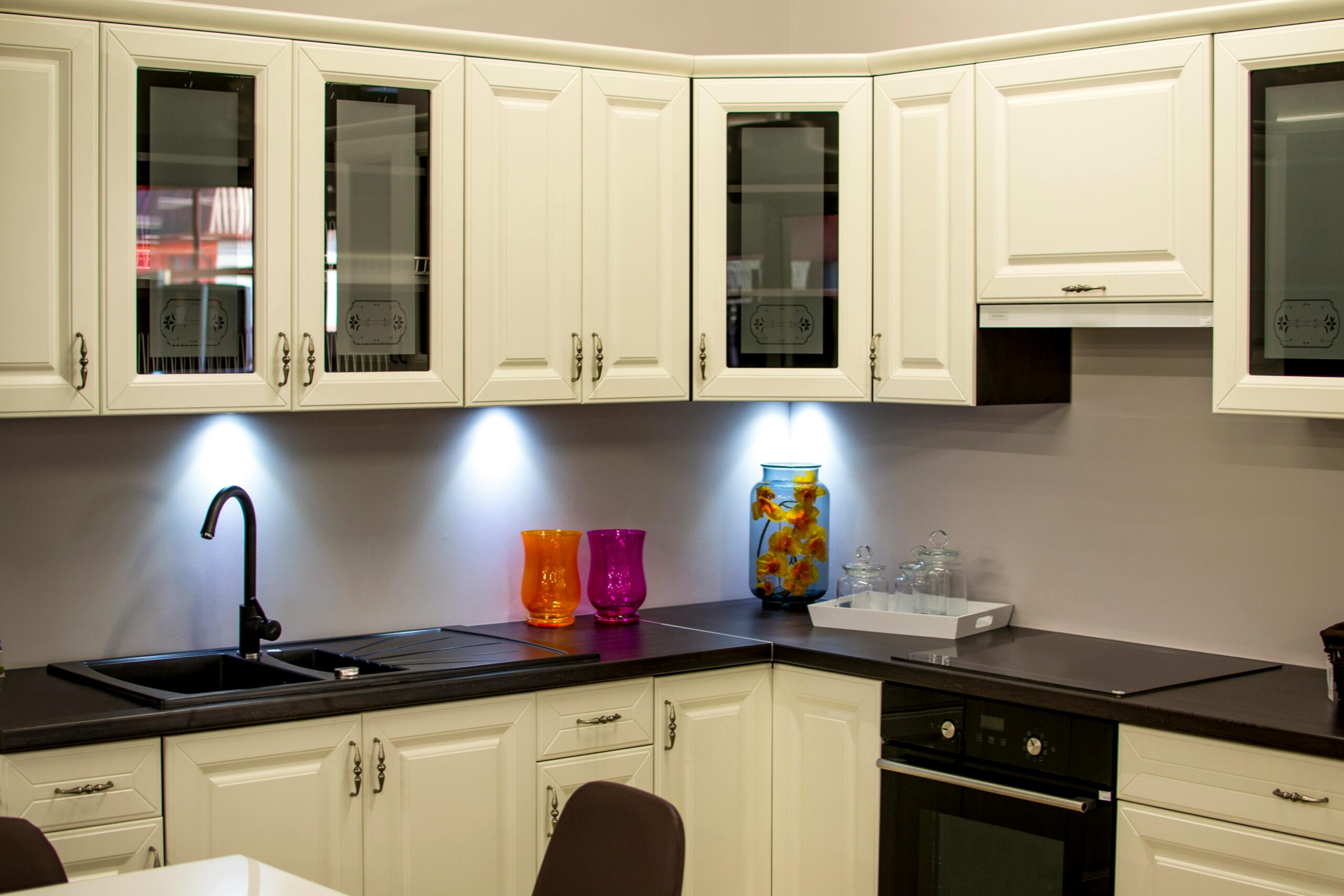Introduction
Your kitchen is more than just a place to cook; it’s a hub for gathering with family and friends, sharing meals, and creating lasting memories. Proper lighting can greatly enhance the ambiance and functionality of this vital space.
Why Kitchen Lighting Matters
Good kitchen lighting is essential for several reasons:
- Visibility: It ensures you can see what you’re doing while preparing meals, preventing accidents and mistakes.
- Mood: The right lighting creates a warm and inviting atmosphere, making your kitchen a pleasant place to be.
- Functionality: Different tasks in the kitchen require different types of lighting, so having a variety of options is crucial.
Types of Kitchen Lighting
There are majorly 3 main types of kitchen lighting:
- Ambient Lighting: This provides general illumination for the entire room and is typically achieved with overhead fixtures like recessed lights or chandeliers.
- Task Lighting: This focuses on specific areas where you’ll be working, such as the countertop or sink. Under-cabinet lighting and pendant lights are common choices for task lighting.
- Accent Lighting: This highlights specific features in your kitchen, such as artwork or cabinetry. Recessed lights, wall sconces, or LED strips can be used for accent lighting.
Choosing the Right Lighting for Your Kitchen
When selecting kitchen lighting, consider the following factors:
- Kitchen Style: The lighting should complement the overall design of your kitchen. Modern kitchens might benefit from sleek, minimalist fixtures, while traditional kitchens may prefer more ornate options.
- Size of Your Kitchen: Larger kitchens may require more lighting than smaller ones to ensure even illumination.
- Your Personal Preferences: Ultimately, the best lighting for your kitchen is the one that you find most appealing and functional.
Tips for Creating a Well-Lit Kitchen
Here are some tips for creating a well-lit kitchen:
- Combine Different Types of Lighting: Using a mix of ambient, task, and accent lighting provides versatile and functional illumination.
- Consider Natural Light: Make the most of natural light by keeping windows clean and unobstructed. This can enhance the overall brightness of your kitchen.
- Use Energy-Efficient Bulbs: LED bulbs are a great choice for kitchen lighting; they are long-lasting, energy-efficient, and come in various colors and styles.
- Install Dimmers: Dimmers allow you to adjust the lighting intensity to suit different activities and moods, adding flexibility to your space.
Conclusion
Proper kitchen lighting can significantly enhance both the functionality and aesthetic appeal of your cooking space. By carefully considering the types of lighting and their placement, you can create a bright, inviting kitchen that serves you well for years to come. Whether you’re cooking, entertaining, or simply enjoying a quiet meal, the right lighting makes all the difference.
